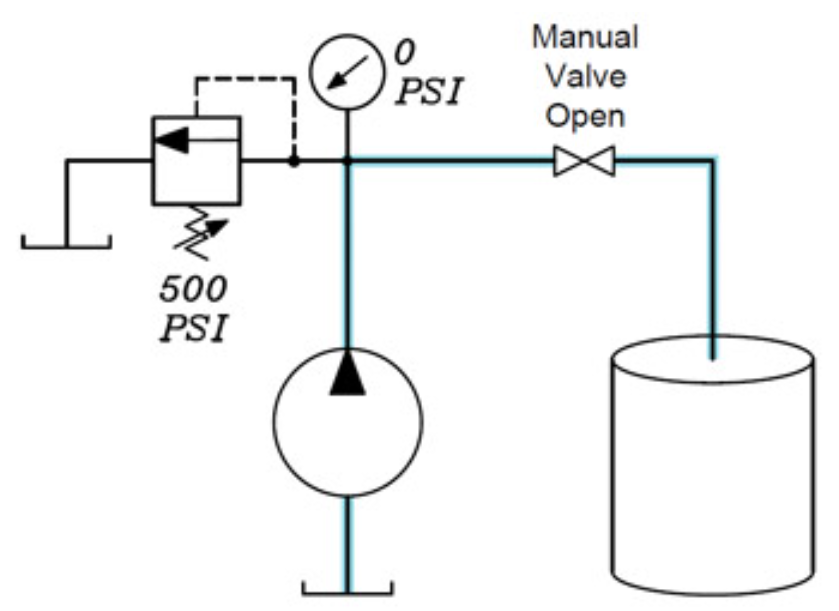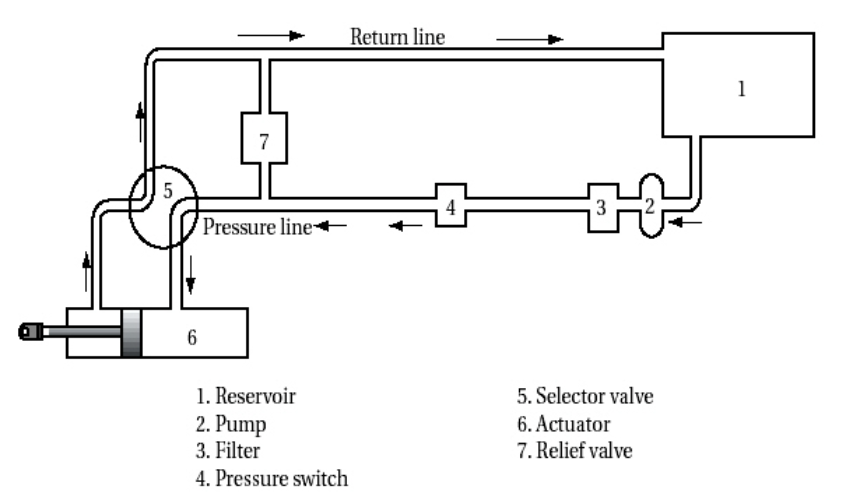Hydraulic pressure is the force exerted by a liquid or gas on the walls of a vessel through which it flows. Normal hydraulic pressure is the pressure at which water flows out of a faucet and into a sink.
Hydraulic pressure is measured in pounds per square inch (PSI).
What is hydraulic pressure?
hydraulic pressure is the amount of force that is exerted by a fluid (water, oil, etc.) in hydraulic systems. It’s measured in units of pounds per square inch (psi). Normal hydraulic pressure is typically between 25 and 300 psi.
Hydraulic systems are used to power machines, move objects, and even generate electricity.
The pressure inside a hydraulic system is always changing, as more fluid is added or removed. This pressure is used to power machines, move objects, and generate electricity.
What is normal hydraulic pressure?
Hydraulic pressure is the pressure exerted by a fluid in a hydraulic system. The normal hydraulic pressure is the pressure at which the fluid flows freely and without obstruction.
Hydraulic systems are used to power machines, move objects and generate electricity.
The pressure inside a hydraulic system is always changing, as more fluid is added or removed. This pressure is used to power machines, move objects and generate electricity.

How can we measure hydraulic pressure?
Normal hydraulic pressure is defined as the pressure exerted by a liquid or gas in a confined space when subjected to a force. In layman’s terms, this pressure is what keeps liquids and gases in vessels and pumps moving.
There are several ways to measure normal hydraulic pressure, but the most common is with a manometer. A manometer is a device that measures the resistance of a fluid column to the flow of air or other gases through it. By measuring the pressure difference between two points in the column, one can determine the normal hydraulic pressure at that location.
When measuring normal hydraulic pressure, it’s important to keep in mind that there are three types of pressures: static, dynamic, and absolute. Static pressure is simply the Pressure before any movement occurs, Dynamic pressure is the Pressure after movement has occurred but before any equilibrium has been reached, and Absolute pressure is the Pressure after equilibrium has been reached. It’s important to use the correct type of pressure when measuring normal hydraulic pressure as incorrect measurements can lead to inaccurate conclusions about system performance.
What are the different types of hydraulic valves?
There are many different types of hydraulic valves, each with its own specific function. Here’s a summary of some of the most common types:
-Poiseuil Valve: Used for adjusting the flow of a liquid or gas by controlling the pressure at which it flows.
-Rotary Valve: Operates by turning a cam on a shaft. Its typical uses include controlling the flow of liquids and gases in pipelines, manufacturing processes, and water pumps.
-Manifold Valve: A type of rotary valve that controls the flow of multiple fluids through one opening. They’re often used to convey oil or gas from one tank to another, or to distribute water among several pools or tanks.
What causes abnormal hydraulic pressure?
Hydraulic pressure is a measure of the pressure exerted by fluid on a plunger or diaphragm in a pump. Normal hydraulic pressure is typically between 10 and 30 PSI. However, if the pressure exceeds 40 PSI, it may be an indicator of a problem with the pump.
Factors that can increase hydraulic pressure include liquid overheating, blocked passages, and worn or broken components. If you are experiencing abnormal hydraulic pressure in your pump, there are a few things you can do to check for and correct the issue.

How to determine if there is an emergency situation with hydraulic pressure
If you are not sure whether or not you have an emergency situation with hydraulic pressure, there are a few things you can do to determine if there is an emergency. One way to check is to measure the hydraulic pressure using a gauge. If the reading on the gauge is low, it may be indicative of an emergency situation. If the reading on the gauge is high, however, it may not be indicative of an emergency situation. Other methods of detecting an emergency situation with hydraulic pressure include checking for leaks and looking for abnormalities in the system. If any of these methods indicate that an emergency situation exists, then take appropriate action.
How does hydraulic pressure work in engines?
Normal hydraulic pressure is a measure of how much pressure is exerted by a liquid or gas at a certain depth below the surface. The higher the normal hydraulic pressure, the greater the force of the liquid or gas pushing against something else. Normal hydraulic pressure is used in engines to control things like valves and pistons.
When you turn the engine on, the pressure in the fuel and air mixture inside the engine cylinder is high. This high pressure causes the piston to move up and down in the cylinder. The higher the pressure, the more forceful the movement of the piston.
The engine uses hydraulic pressure to control things like valves and pistons. When you want to open a valve, for example, hydraulic pressure is used to push against a valve stem. The force of this hydraulic pressure opens the valve and allows gas and oil to flow into or out of the engine.
How to get hydraulic pressure back to normal
If your hydraulic pressure is low, there are a few things you can do to get it back to normal. First, check the fluid level and make sure it’s at the correct level. Next, inspect all of the hoses and connectors for damage or leakage. Finally, check for any obstructions in the lines or valves that may be causing the low pressure.
If all of these measures fail to bring the pressure back to normal, you may need to replace one or more components on the machine.
Conclusion
Hydraulic pressure is the force that causes a liquid to flow through a pipeline. It’s important because it allows us to move products around our factories and get them to where they need to be. In this article, we’ll be discussing what normal hydraulic pressure is and how you can measure it. We’ll also provide information on some common causes of low hydraulic pressure, so if you’re ever experiencing problems with your pipelines, now you know where to start looking for the cause.
What is normal hydraulic pressure. please click topkitparts see more